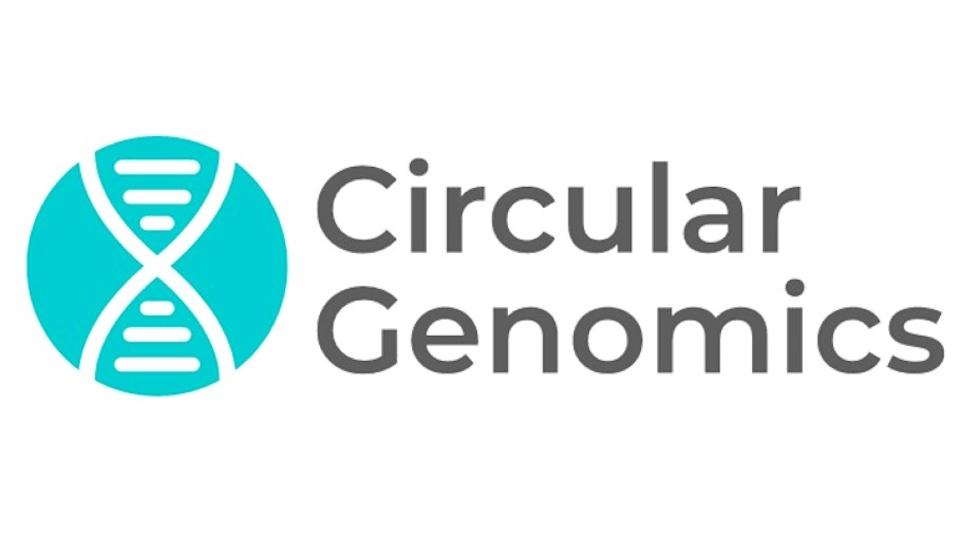Incorporate the voice of the patient and engage active healthcare consumers

An improperly implemented patient-facing healthcare program may ultimately damage the relationship between pharma and patients. Cutting Edge Information's Elio Evangelista shares his tips on how companies can fully (and successfully) embrace the patient focus.
More than ever before, patients are taking more active roles in their medical treatment plans. From patient communities to medical education, today's healthcare ecosystem is increasingly influenced by patients' access to vast sums of information, often through digital channels.
To stay relevant to their proactive patients, life science companies have responded to the explosion of digitally available medical data by changing philosophies and designing new initiatives to meet patients' needs. At the heart of many of these changes is the desire to become a patient-centric organization. This desire manifests in new developments as companies shift from developing brand-oriented strategies to rolling out customer-facing programs. While this shift may seem subtle, it has far-reaching implications; companies striving to respond to patient needs have to adapt their approach.
Build internal support, then roll out the program
Rushing through the process of creating patient-facing programs can render a new initiative powerless to effect change within patient communities. An improperly implemented plan might ultimately damage relationships between pharmaceutical companies and patients. Therefore, it is vital that companies do not merely pay lip service to patient-centrism. They must take the necessary steps to fully embrace patient-focus as a company value.
"Rushing through the process of creating patient-facing programs can render a new initiative powerless to effect change within patient communities."
Looks can be deceiving. One large pharmaceutical company, for example, appears to be highly patient-focused. From its stated values to creating a dedicated patient team, the organization outwardly seems to be evolving its patient-centric operations. However, research has found that internal politics and constant restructuring have robbed patient-focused efforts of their intended power.
Ultimately, the company's patient program team did not receive the necessary internal backing to execute a successful patient program. As a result, the patient-centric company value has been weakened to the point that most of the patient program's primary backers within the organization grew frustrated with the lack of support and left the company. The loss of these key program leaders can negatively impact future patient engagement efforts, which is why it is so vital that companies take the necessary steps to fully embrace their patient-centric values.
Patient needs outweigh sales goals
Many companies claim to be patient-centric but discover, when examining their programs, that sales are truly the central focus of each initiative. This sales-driven focus does a disservice to the foundation of patient-centric values: If patients know that a program is conducted merely to encourage them to continue using a product, pharmaceutical companies will lose any trust that may have been established between the two parties otherwise.
"Many companies claim to be patient-centric but discover, when examining their programs, that sales are truly the central focus of each initiative. "
Indeed, one of the key reasons for creating patient programs hinges upon fostering a relationship in which the company is realigned as a key service provider for patients. To nurture this relationship, drug manufacturers are refocusing brand-driven patient program team efforts to center on the customers themselves. Many companies have shifted from strict push-marketing to greater patient engagement. The pharmaceutical industry is working to establish its role as a service provider designed to support disease states from many different angles. In this new role, the organization becomes more trustworthy and therefore builds brand loyalty.
Incorporate the patient voice early and often
Creating an avenue to incorporate patient voice is one of the primary drivers behind building patient-centric programs. Some teams wait to incorporate patient feedback until after they have already created patient-centric programs. In these situations, the teams assume they already have a firm understanding of patient needs and are confident that their program will meet them. For some patient initiatives, this process is smooth: The program goal is already clearly established and can be simply met. But for most situations, incorporating the patient voice during program development ensures that the team creates the best initiative possible. Indeed, the default time companies should begin incorporating user feedback is when the concept is still being fleshed out.
Regardless of how early patients are able to provide feedback, teams should seek out patient insight into program effectiveness by the time they implement their initiatives. This feedback not only allows companies to adapt their initiatives to patient requests as necessary, but also to strengthen the company's relationship with patients. If patients feel that pharmaceutical companies recognize the importance of their input and feel they have agency in program development, they are more inclined to actively participate in the program. Therefore, the more a drug company can reach out to patients, the better it is able to meet those patients' needs.
"Creating an avenue to incorporate patient voice is one of the primary drivers behind building patient-centric programs."
To ensure continued reliance on new patient programs, teams should work to meet patients' needs on several levels. Ultimately, continual engagement and program use translates to a strengthened patient relationship. More importantly, continual program use equips patients with tools that empower them in treating their diseases.
Become a key service provider
Companies that offer valuable programs to patients transition their relationship from the merely transactional — developing and selling products — to offering a key service to the end user. In today's healthcare environment, the doctor-patient relationship is shifting such that patients are playing a more active role in their treatment. Similarly, the shift in the relationships between drug companies and patients allows patients to help direct companies' customer-facing programs.
Drug manufacturers should recognize this shift and work to present patient programs as services to patients. These companies are more likely to receive positive responses from patients than organizations that develop programs that do not truly fill a patient need. Patients respond to companies that recognize their disease states and offer programs that help manage different symptoms. The more that companies can demonstrate that they are on the same team as patients and are offering a key service, the more effective their programs will be.
About the author:
Elio Evangelista has studied pharmaceutical communications since joining Cutting Edge Information in 2002. He has built his expertise around medical affairs, thought leader management, MSL program operations, patient recruitment, publications processes and the effects of regulatory change on drug manufactures. As a leader of Cutting Edge Information's research group, he has helped CEI clients develop better performance measurement systems, implement strategic recommendations and create more efficient operations.
How can pharma companies prove they are on the same side as patients?












